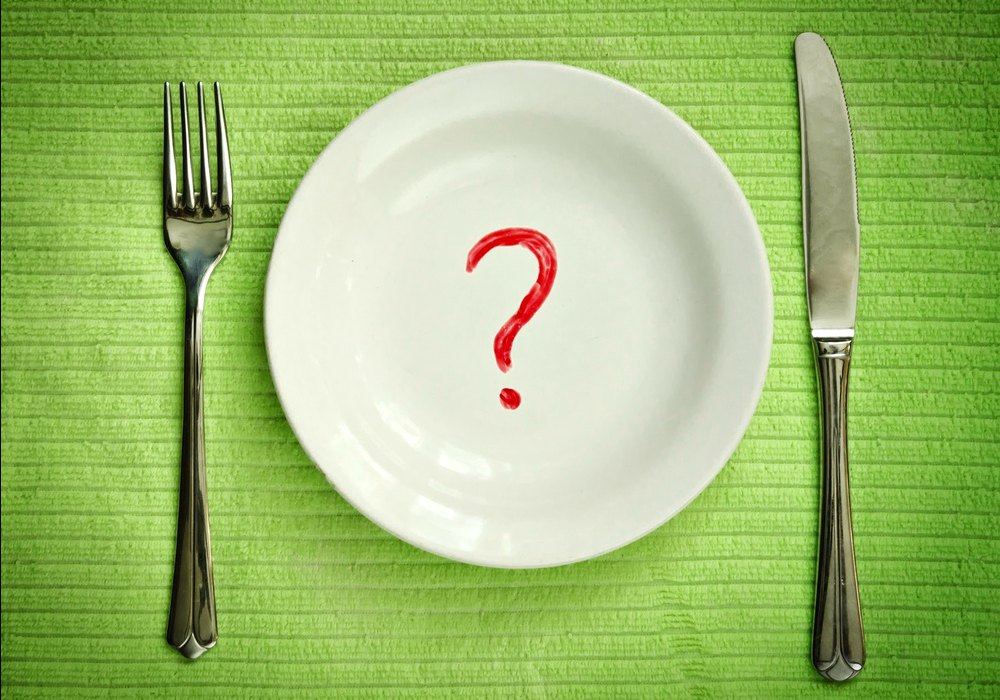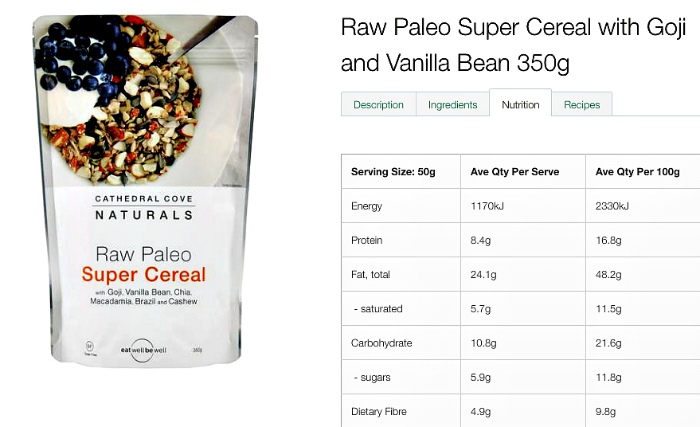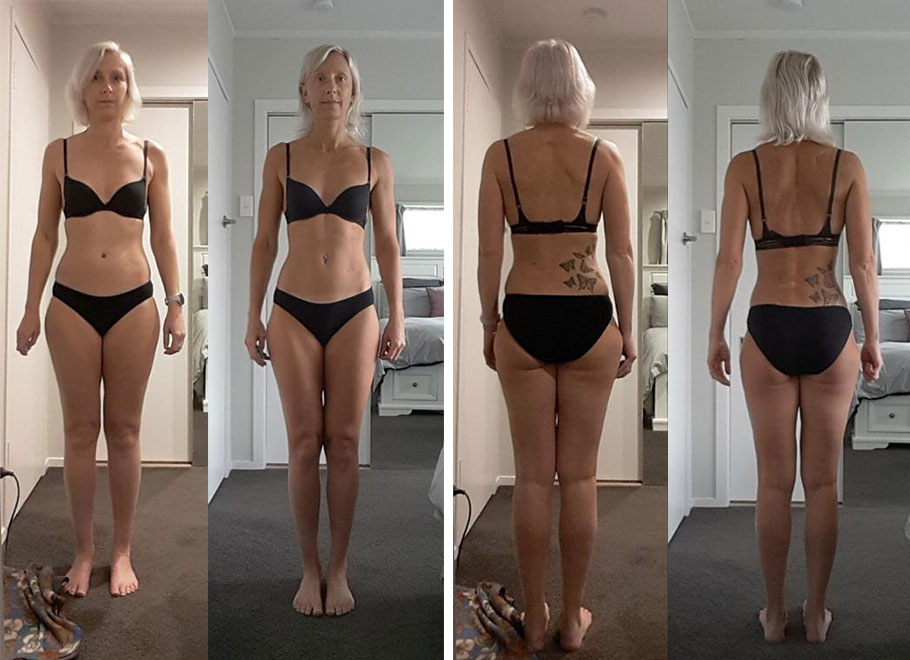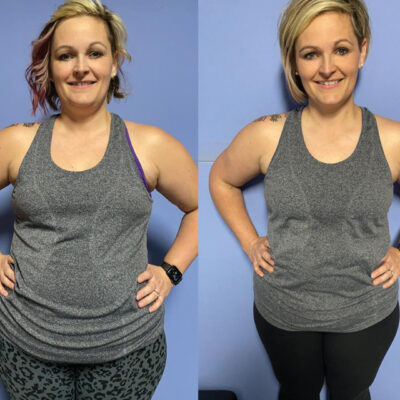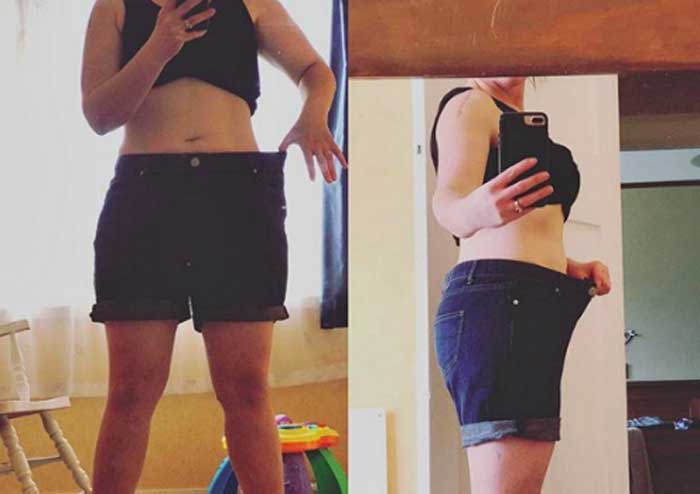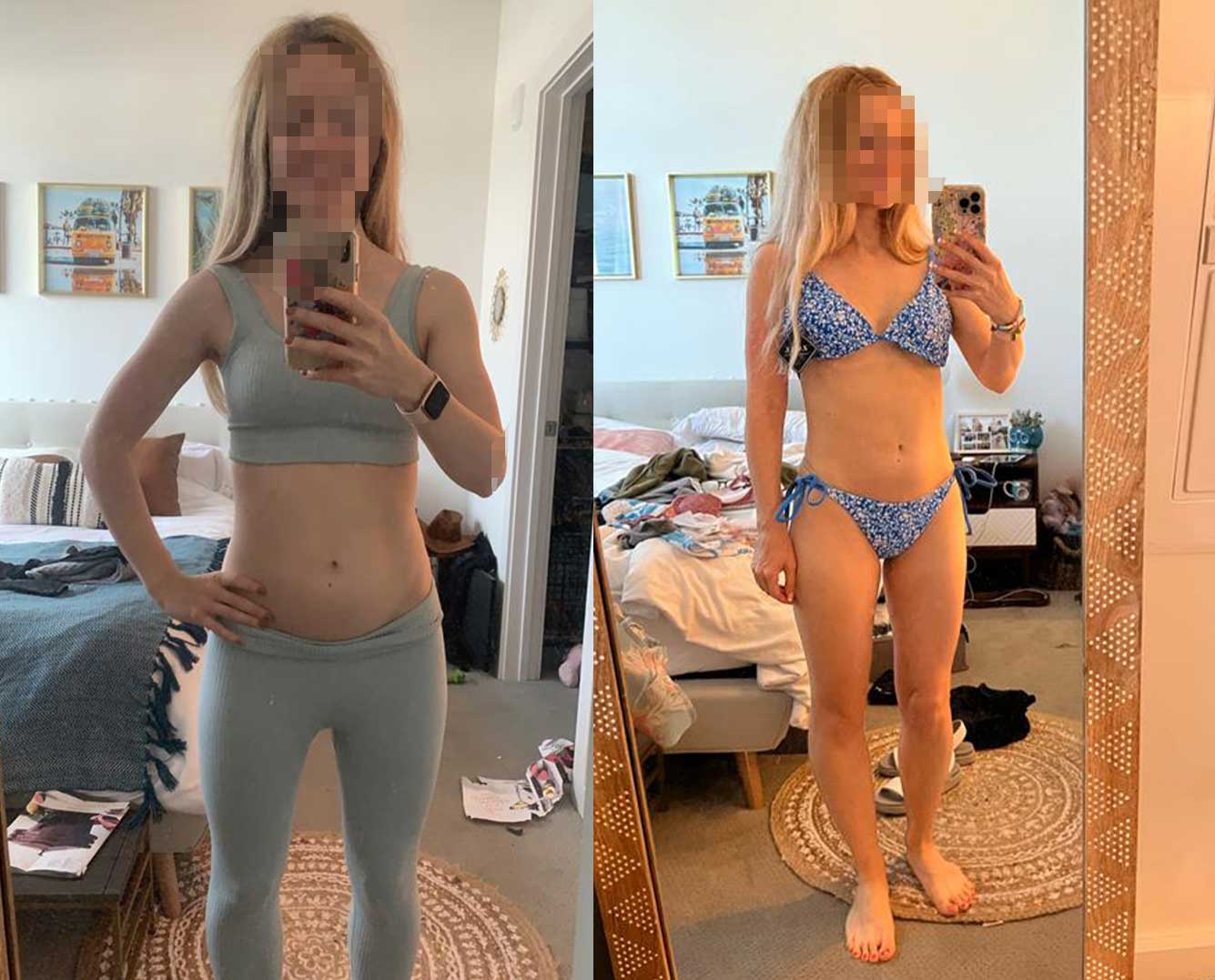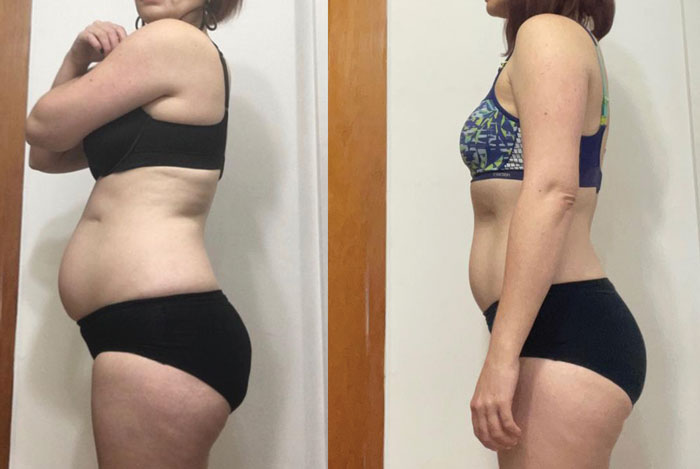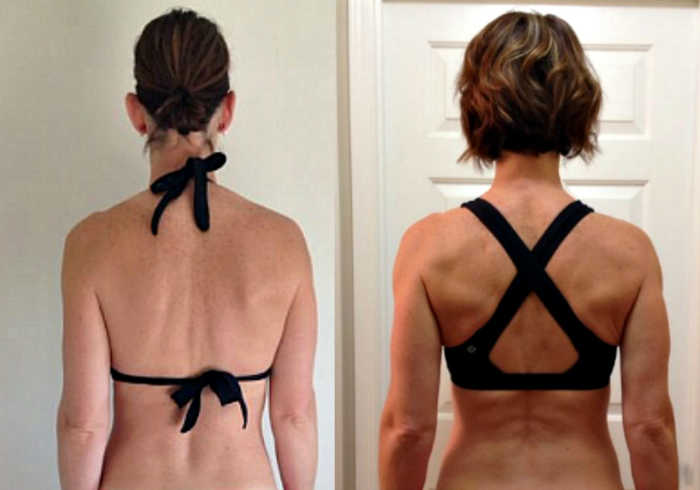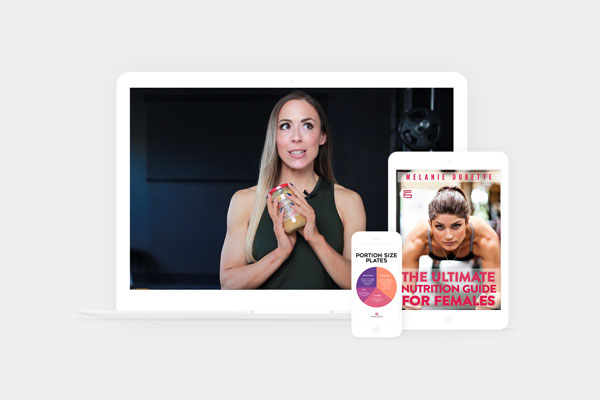Confused about nutrition?
Paleo, low-carb, vegan, gluten-free, dairy-free, superfood, antioxidants, non-GMO…what does it all mean?
I’m a nutrition coach and I’m not even sure what all the labels mean on the website below. Yet, this is what we face everyday when we make food choices.
Almost every single food you eat can now be linked back to something bad for your health. On top of that, pretty much anyone can call themselves a nutrition expert and put up a website these days so misinformation and extreme diets spread like crazy.
It gets to a point where you think: What the heck am I supposed to eat? Who should I believe?
My goal with Female Fitness Systems is to help you figure that out. I’m not going to tell you to eat this or that, instead I’m going to help you figure out what works for you.
Here’s a simple answer:
If someone tells you there is one and only way when it comes to nutrition – you should be skeptical.
If someone takes a more common sense, “everyone is different”, “figure out what works for you” approach to nutrition – you are on the right track.
That’s it. If you apply this reasoning to all the advice out there, you’ll be able to figure out what is worth following. You could stop reading this blog article right now and get by with that approach.
However, I know you still have questions and I really want to help end the confusion so in this article I’m going to debunk two of the biggest nutrition trends – low carb and Paleo diets. Hopefully this helps you make sense of everything.
So, let’s start with those supposedly “evil” carbs.
Are carbs really evil?
According to many “experts”, carbs cause diabetes, dementia, arthritis, cancer and a whole host of other terrible diseases and problems. Carbs also take the blame for your weight gain and bloating.
I know people who are terrified to eat carbs. I’m not kidding. Terrified! And it’s hard to blame them with all the awful things you hear about them.
Despite all the fear mongering about carbs, I eat between 250-300g of carbs per day.
Whaaaat? Yep, here’s a screenshot of my diary from MyFitnessPal.

Here’s what I’ve noticed when I eat more carbs: I lose weight, my thyroid tests improve, my basal body temperature is higher, my muscles are fuller, I sleep better and I have more energy and less PMS.
I haven’t always eaten this many carbs and, to be honest, I was surprised by the results when I started.
Did I have trouble losing weight? No, I actually lost weight.
Was I more bloated? No.
Did I feel sleepy from eating too many carbs? No, I had more energy during the day and slept better at night.
Did I develop blood sugar problems? Actually, my HbA1c was slightly better than my last test. (HbA1c is a blood test that measures your blood sugar levels over previous 2-3 months).
Does that mean you should increase the amount of carbs you eat and all these other people are wrong about carbs? No. Because you aren’t me. I’ve shared my experience to help you get over your fear of carbs but that doesn’t mean you should eat as many as I do.
My point is that carbs aren’t all bad and you shouldn’t be scared of them.
I can eat a lot of carbs because I have more muscle mass than the average woman, I lift weights 5 to 6 times a week (and I push myself really hard) and my thyroid responds well to carbs. I also keep my eating really clean. My main carb sources are rice, beans, oatmeal, fruit and vegetables.
Often the problem isn’t the carbs themselves. It’s that you have a poor, unbalanced diet and eat processed carbohydrates that are nutritionally inferior and high in sugar. Put simply, you eat too much junk. And you might need to cut back on alcohol too. You can’t blame foods like rice and potatoes for your weight gain if you haven’t cleaned up the more obvious issues.
Because Paleo is also usually low carb, we’ll talk more about carbs in the following section.
Does Paleo live up to all the hype?
Without a doubt, the Paleo diet has helped people transform their health and bodies and its promoters have a loud, influential voice in nutrition at the moment.
In case you don’t know, the Paleo diet is about eating like we used to back in caveman days, emphasizing animal products, vegetables, fruit, nuts, seeds and fats like coconut oil and butter. Typically grains, legumes and dairy are off limits. Generally, the pattern is high fat, high protein, low carb, with fat making up the majority of daily calories.
For a lot of people eliminating grains, sugar and processed foods results in dramatic transformations and that’s part of the reason Paleo works. But – what you need to realize – is that they’d feel better eating a vegan diet or a Mediterranean diet too – because they’ve cleaned up their eating regardless of what diet they follow.
While Paleo has some good aspects, I’m not crazy about it from a female perspective.
One of the problems with being strictly Paleo is that you may limit your carb intake too much. Not getting enough carbs can mess up your thyroid, hormones, menstrual cycle, mood, sleep and even your ability to lose weight. You also need carbs to train hard and build muscle. If you don’t eat carbs like grains, starches and legumes, you’ll also miss out on valuable sources of fiber necessary for a healthy gut and clearing out hormones and toxins from your body.
Another potential issue with Paleo is the high fat component of the diet. A high, fat diet might not be appropriate for women who are estrogen dominant with conditions like endometriosis, fibroids, heavy periods or who are at risk for cancer of the reproductive organs. This is because your body uses dietary fat to make hormones like estrogen and more estrogen can be a problem if you have these conditions.
High fat diets can also be inflammatory because they create an imbalance of fatty acids even more than a standard modern diet. In our modern diet we consume way more omega-6s than omega-3s which causes inflammation. If we consume more omega-6 fatty acids by following a Paleo diet (ie. more meat, butter, coconut oil and eggs), we increase inflammation in our bodies. That makes problems like the estrogen dominant ones mentioned above worse, but it also increases our risk of many health problems, including arthritis, IBS and Crohn’s disease, diabetes, and heart disease.
One final issue I want to raise about Paleo is that it mistakenly leads us to overeating certain high calorie foods just because we think they are Paleo. If you aren’t tracking calories, those Paleo foods can easily make you gain weight. Here’s why.
Paleo emphasizes fat over carbs. This is problematic for women who don’t count calories because fat has 9 calories per gram. On the other hand, carbs have only 4 calories per gram. That means if you eat a predominantly fat based diet, the volume of food you can eat is a lot less and it will be easy to consume too many calories on a Paleo diet.
For example, check out the Paleo Cereal label below. A 50g serving is 1170kJ or 290 calories (and a whopping 24g of fat). That’s before you even add milk or anything else, and assuming you only eat 50g because that’s a pretty small amount when measured out. Comparatively, 50g of oatmeal is about 630kJ or 150 calories (and 3.4g of fat). 50g of cooked oatmeal yields considerably more volume than 50g of Paleo-style muesli, so you will likely eat less but feel more satisfied.
If you follow a high fat diet and wonder why you are gaining weight even though you are eating low carb, start by weighing and tracking all the food you eat. You’ll be surprised at how the calories quickly pile up.
So, no, Paleo won’t solve all your problems. It will definitely make a difference if you’ve been eating poorly and “go Paleo” to clean up your diet. But, for some women, in the long run, adhering strictly to Paleo might not work and may even cause more problems.
Figure out what works for you
If your head is spinning, I’m not surprised. It really is so confusing and I haven’t even touched on things like detox diets, Shakeology and other protein shake diets and fasting. There’s tons of information coming at you from every direction.
Just remember:
When it comes to nutrition, let common sense and your own experience guide your choices.
If you choose an extreme approach, you’ll probably end up with an imbalance somewhere. Similarly if you exclude entire food groups without good reason (if you’ve had testing and clearly have an allergy).
Strictly following a list of “good” and “bad” or “allowed” and “not allowed” foods is problematic for most people. Especially because it’s not so clear cut as to what is “good” and “bad”. It will do your head in trying to figure out whether you can or can’t eat something.
When someone tells you how awesome Paleo has been for them, remember that 1 – they are not you, and 2 – it may be working simply because they are eating better than before. There’s nothing magic about Paleo. The person in the best position to figure out what works for you – is you.

